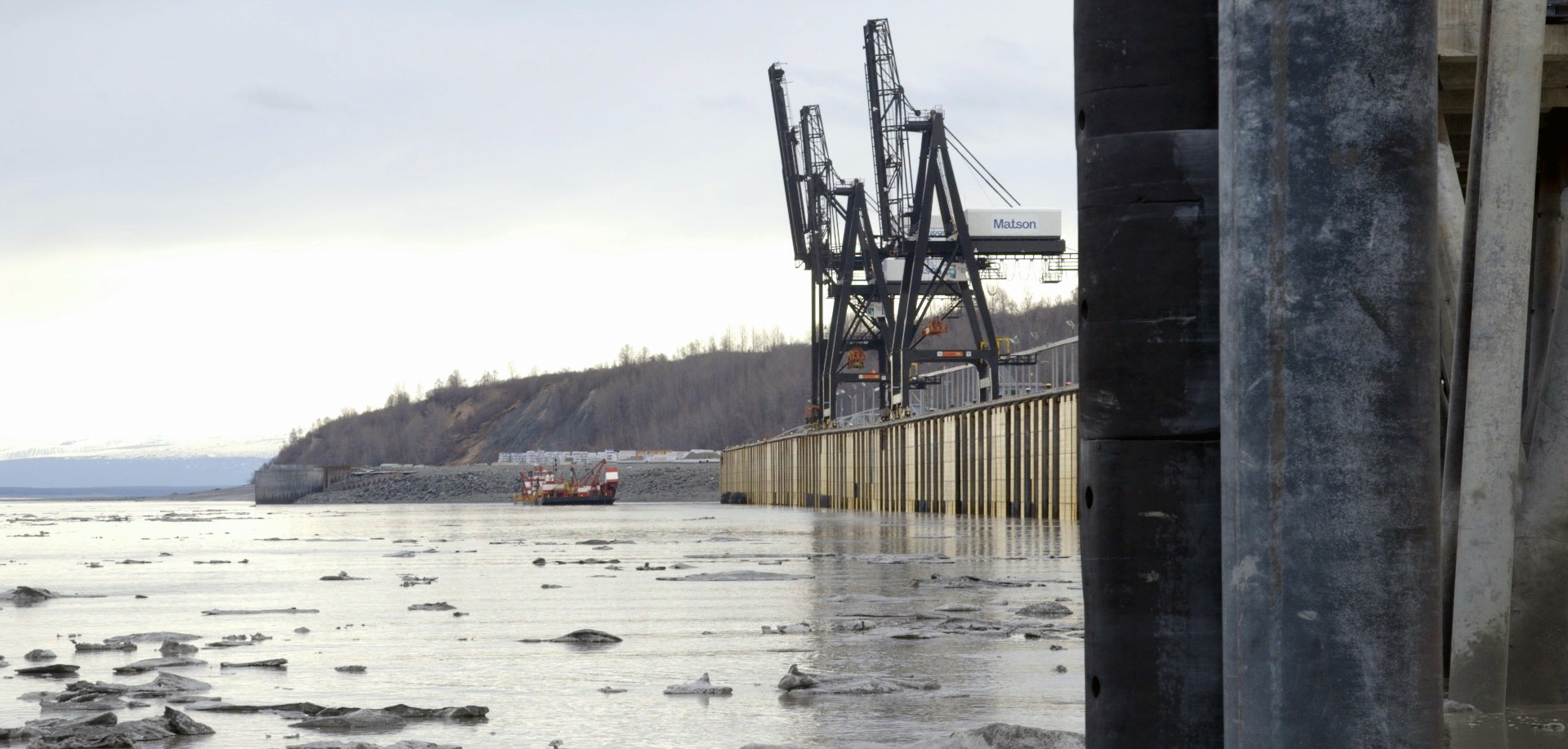US Dept. of Transportation awards $25M for Port of Alaska upgrades

The Port of Alaska is getting $25 million in federal funds to help improve and modernize. The money was announced Wednesday by Alaska’s congressional delegation. It was awarded by a grant from the U.S. Department of Transportation. Though it’s only a small piece of what’s needed for essential upgrades, officials in Anchorage are pleased.
“It was a very competitive process, but we are happy to receive the maximum award,” said Anchorage Municipal Manager Bill Falsey.
The municipality and its partners put together the extensive grant application, and the money will go toward financing upgrades to the cement and petroleum terminal at the port, a critical component in delivering fuel and construction material to the state.
“The port now is bringing in 80 percent of the cement we’re using, all of the military fuel, half of the fuel we’re using at Ted Stevens (International Airport),” Falsey said. “That has been a precarious place, because the facilities we have now are deteriorating, and deteriorating rapidly.”
What’s the full price tag?
According to Falsey, the money puts the project on a track to be completed at some point in 2021.
“That gets us back to a place where we can reliably and dependably continue those cement and petroleum deliveries,” he said.
The full price tag for that upgrading the terminal is $214 million. The administration says it currently has $134 million on hand. Seventy-five percent of the total project costs come from state and federal dollars. The municipality is also in litigation to recoup costs from a failed design concept under a different iteration of port renovations. With this latest grant, the administration is closer to bridging its funding gap, leaving around $55 million that could be paid for by tariffs on fuel and building material that come through the port.
Recent cost estimates for the full port project have run as high as $2 billion, though the administration cautions that that figure represents an outdated expansion project they are no longer seriously considering. Once the cement and petroleum terminal is upgraded, the risk of catastrophic collapse will be substantially diminished. After that, Alaskans and the federal government will have to decide how much more construction they are willing to pay for to increase cargo capacity and other improvements.
Related stories from around the North:
Canada: Government to boost fuel storage in Canada’s Northwest Territories, CBC News
Norway: LNG-reloading operations end in Norway’s Arctic waters, The Independent Barents Observer
Russia: Putin wants new rail link between Arctic coast and Indian Ocean, The Independent Barents Observer



